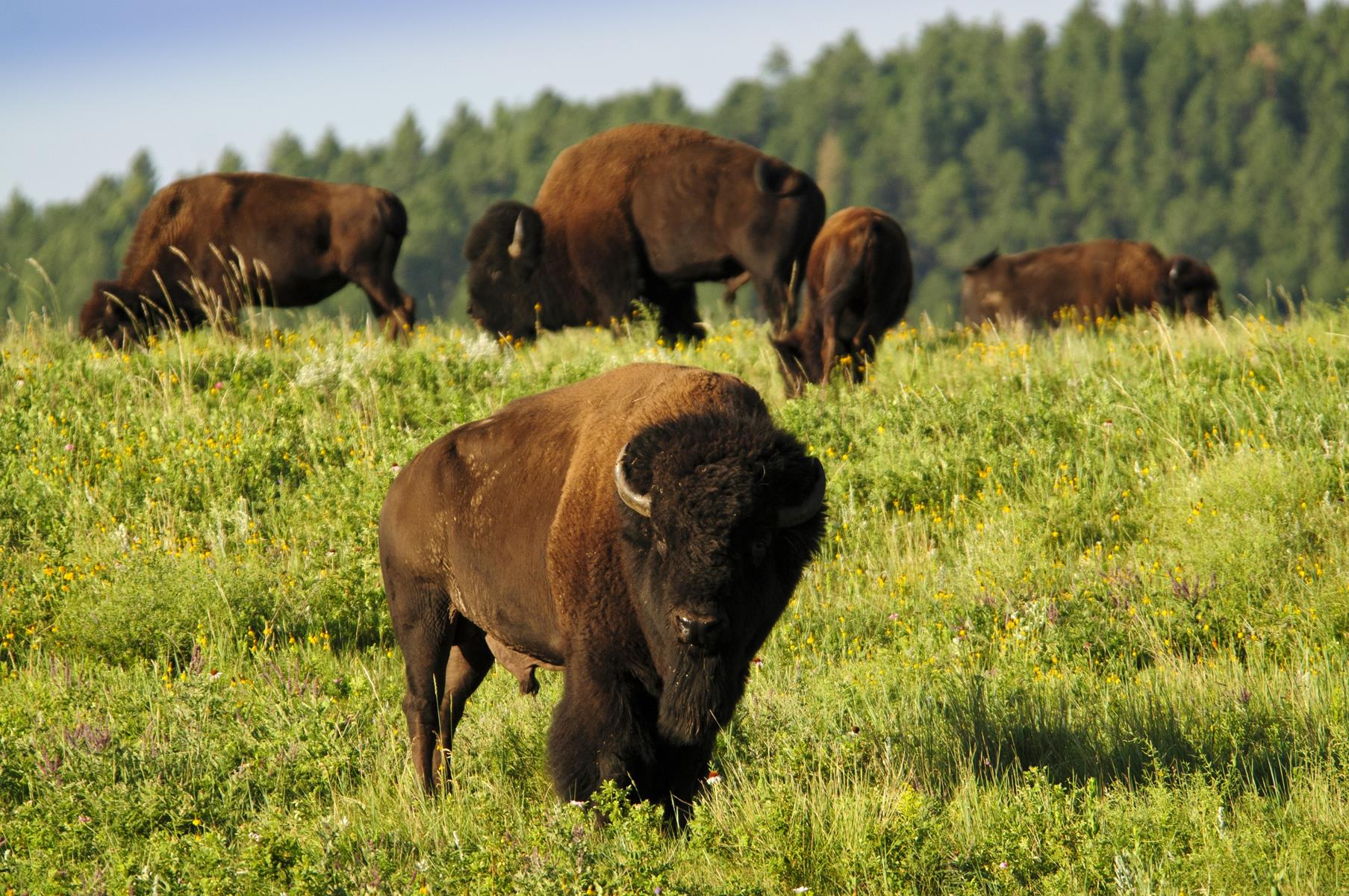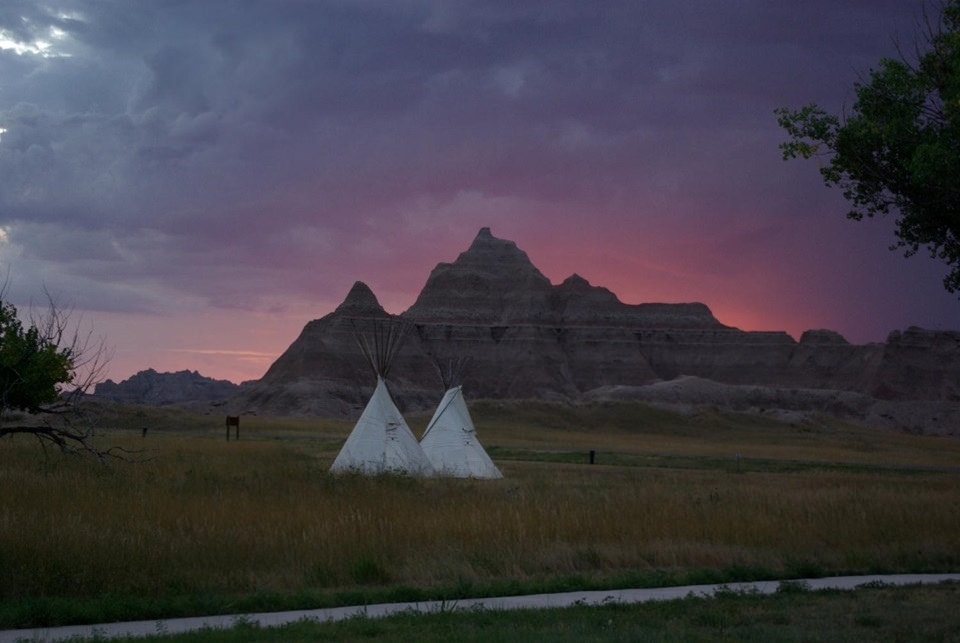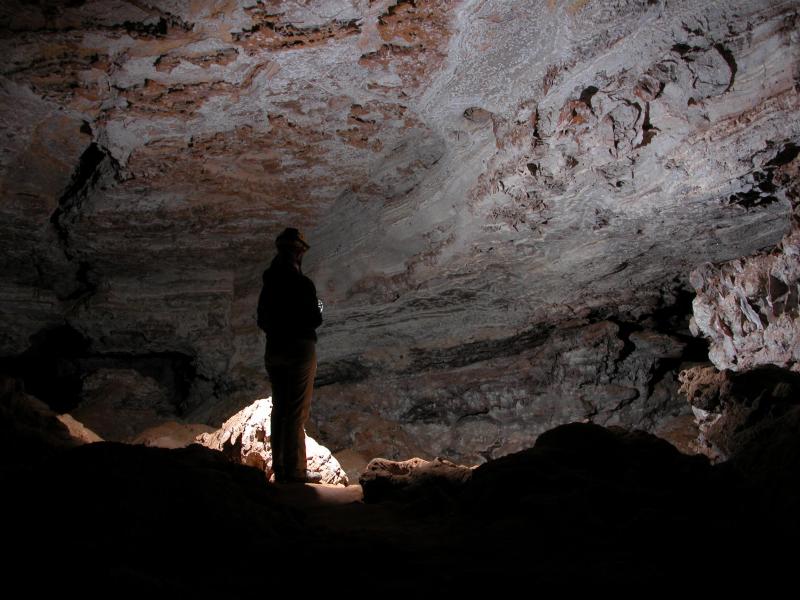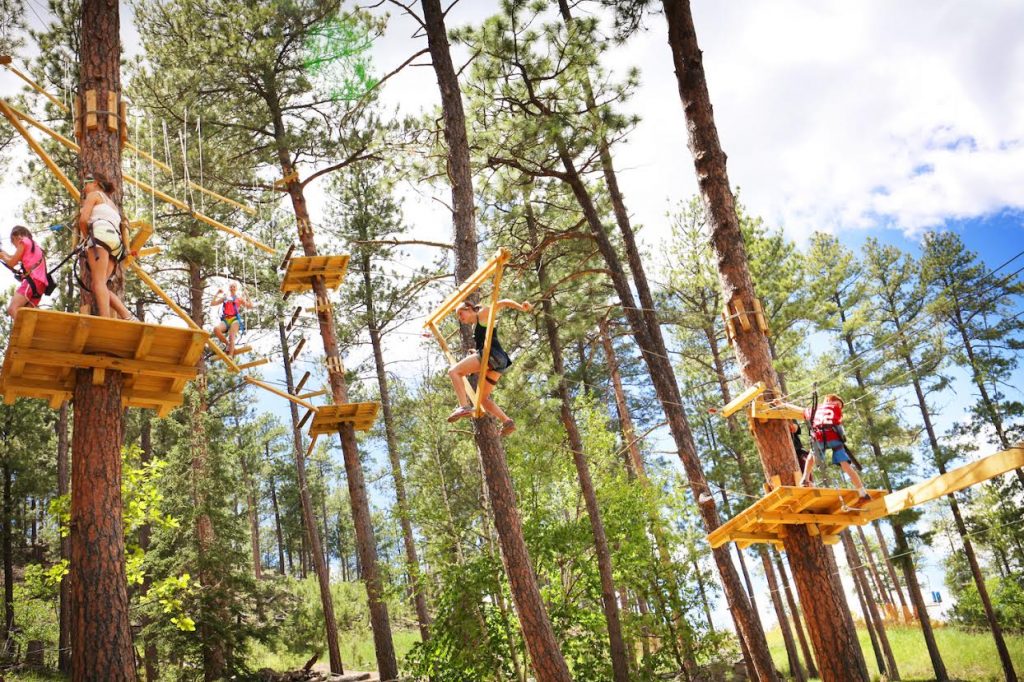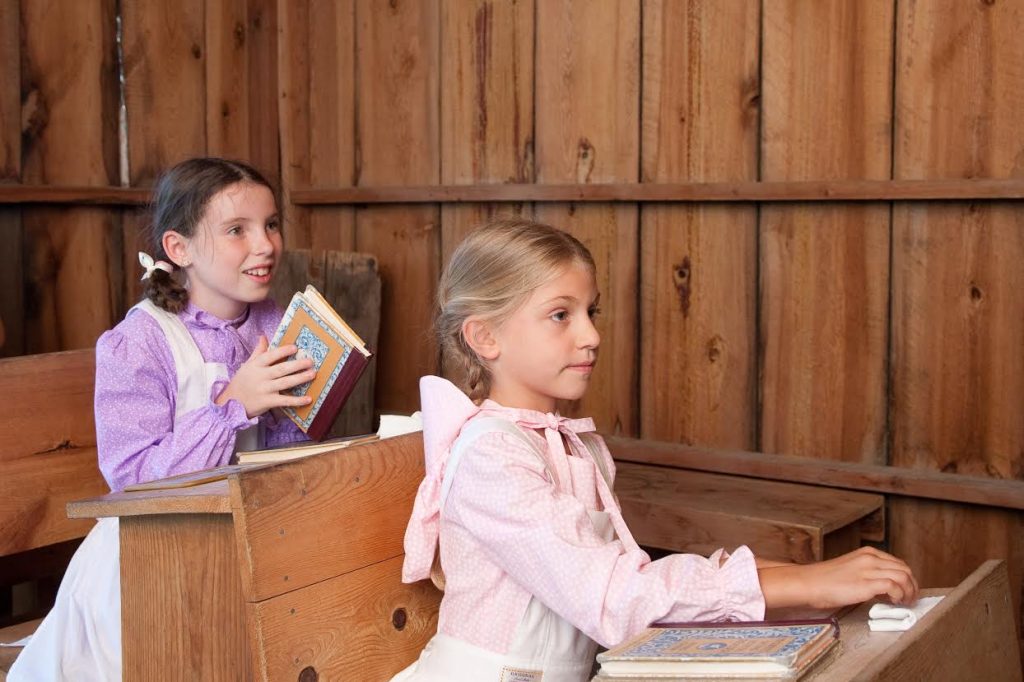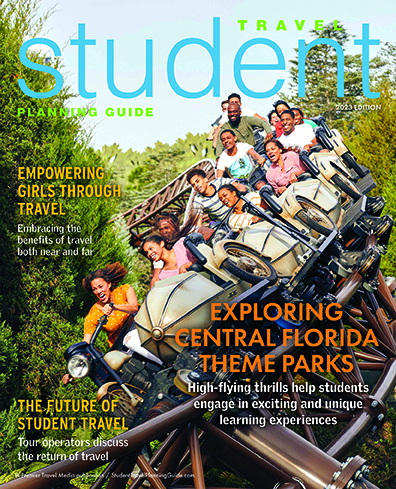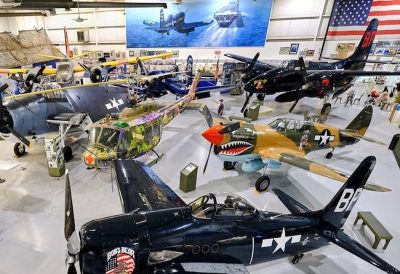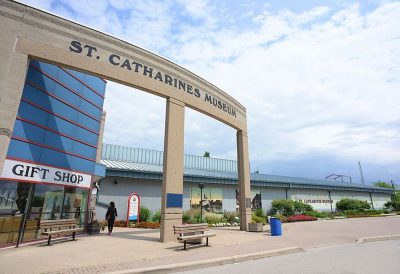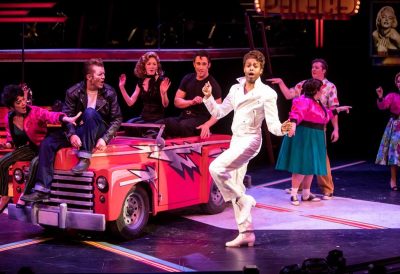Student travelers in South Dakota can explore the frontier just as the pioneers did. With everything from gold mining to railroads, South Dakota is full of adventures just waiting to happen.
3 Monumental nature sites in South Dakota
Badlands National Park
Explore the rugged beauty of Badlands National Park in western South Dakota. By booking a tour through GeoFun Trek Tours, students can enjoy day-long hikes through the Badlands while learning about the geology of the land and the stories of people native to the area. Summer night sky viewing is offered at the Cedar Pass Campground Amphitheater. Telescopes are provided and a ranger will point out constellations, stars and planets.
Wind Cave National Park
Go deep underground at Wind Cave National Park while journeying through a labyrinth of caves. Located near Hot Springs, the national park offers private educational tours that allow student groups to discover relationships between the prairie, pine forest and caves. For older groups, specifically high school trigonometry classes, one tour lets students map part of one of the world’s longest caves. Given a compass, clinometer and measuring tape to collect data, students create a cave map.
Custer State Park
At Custer State Park in the Black Hills, students will see a free-roaming herd of 1,300 that often stops traffic along the 18-mile Wildlife Loop Road. The park’s Buffalo Safari Jeep Tour will take student groups off-road in an open-air jeep in search of pronghorns, elk and buffalo. The Junior Naturalist program lets students learn about the park’s resources through guided nature hikes and recreational activities.
3 Attractions that Will Take Student Groups on an Adventure of a Lifetime
Big Thunder Gold Mine
Strike it rich in Keystone at Big Thunder Gold Mine. Student groups can pretend they are miners while touring the authentic 1890s gold mine and learning the history and geology of the area. Led by panning experts, student groups can pan for Black Hills Gold. The museum has exhibits on mining in the late 1800s.
Deadwood
Deadwood, a well-preserved Wild West town, will transport student groups straight into Gold Rush territory. With reenactments of famous shootouts in the streets and of the shooting of Wild Bill Hickok and the trial of his murderer, the historic town brings the past to light. Through a treasure hunt offered by Double Key Treasure Hunt, student groups search for clues as they hop from monument to museum, learning about the history of Deadwood along the way.
Rushmore Tramway Adventures
At Rushmore Tramway Adventures in Keystone, zip lining and the scenic chair lifts let student groups see the Black Hills from new heights. Students can also climb through the rope courses at Aerial Adventure Park. With nine courses varying from easy to more difficult, it is perfect for novice and experienced climbers.
Top 3 Ways to Travel Back Through History
Laura Ingalls Wilder Historic Homes Guided Tours
Visit the homestead of Little House on the Prairie author with Laura Ingalls Wilder Historic Homes Guided Tours in De Smet. After Wilder’s life story is discussed in the Surveyors’ House, continue to travel to the First School of De Smet and the Discovery Center. Students can dress up as pioneers did, in straw hats and bonnets, and learn about how the clothes were made and the purposes they served. The tour offers groups the option of a workshop in writing focused on the style of Wilder.
1880 Train
In the history of the American frontier, no other development was more influential than the railroad. The 1880 Train in Hill City ventures through a 20-mile stretch of the Black Hills, offering groups a ride on a path the Black Hills Central Railroad in an authentic-looking 1880s train. While aboard, experience an Old West shootout, the Black Hills’ rugged scenery and a lively narration on railroad history in the area.
Mammoth Site
Containing the remains of fauna and flora preserved in a sinkhole during the Pleistocene era, the Mammoth Site in Hot Springs is a museum and paleontological site. Housing one of the largest concentrations of mammoth remains in the world, the museum has a tour that explains the site’s history. Student groups can explore the many exhibits in the Ice Age Exhibit Hall and peek in the windows of a working paleontology laboratory.
By Caroline Rabin

